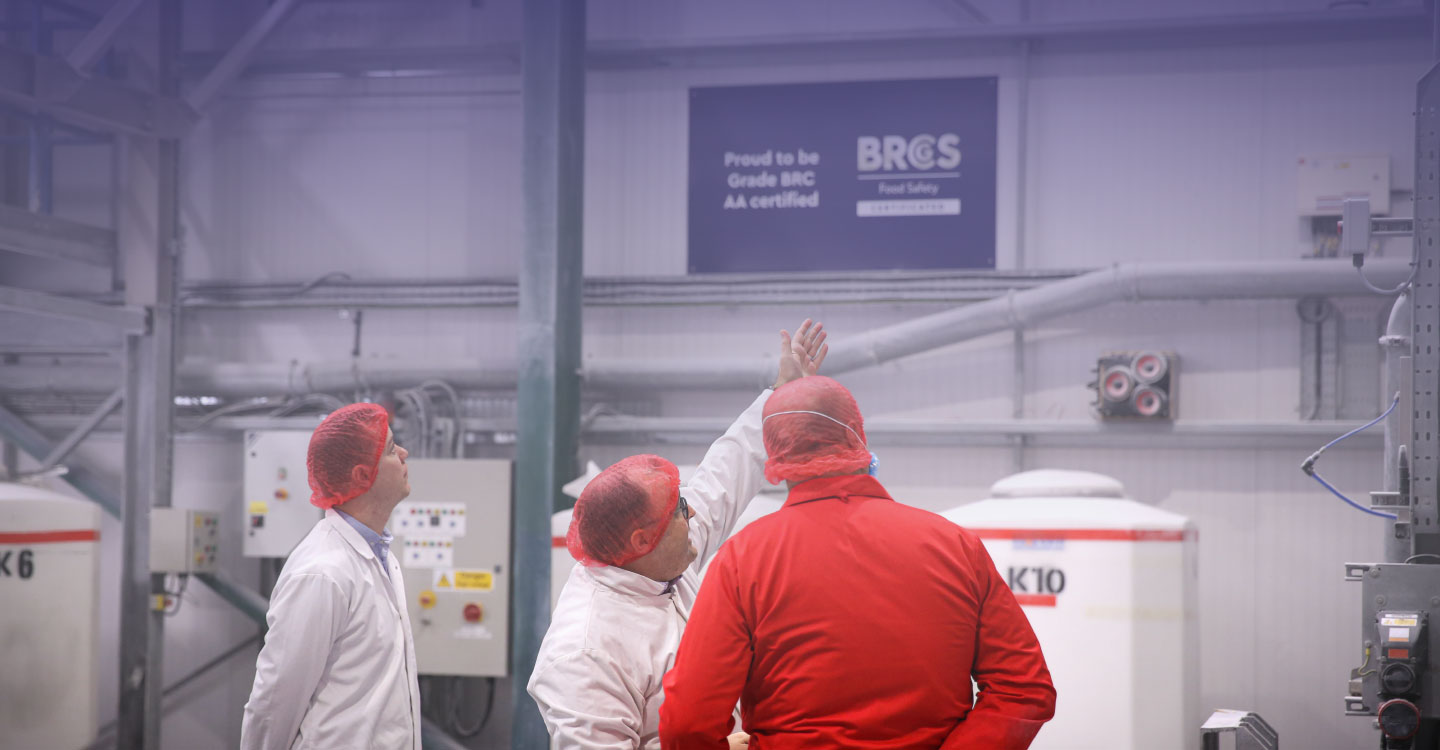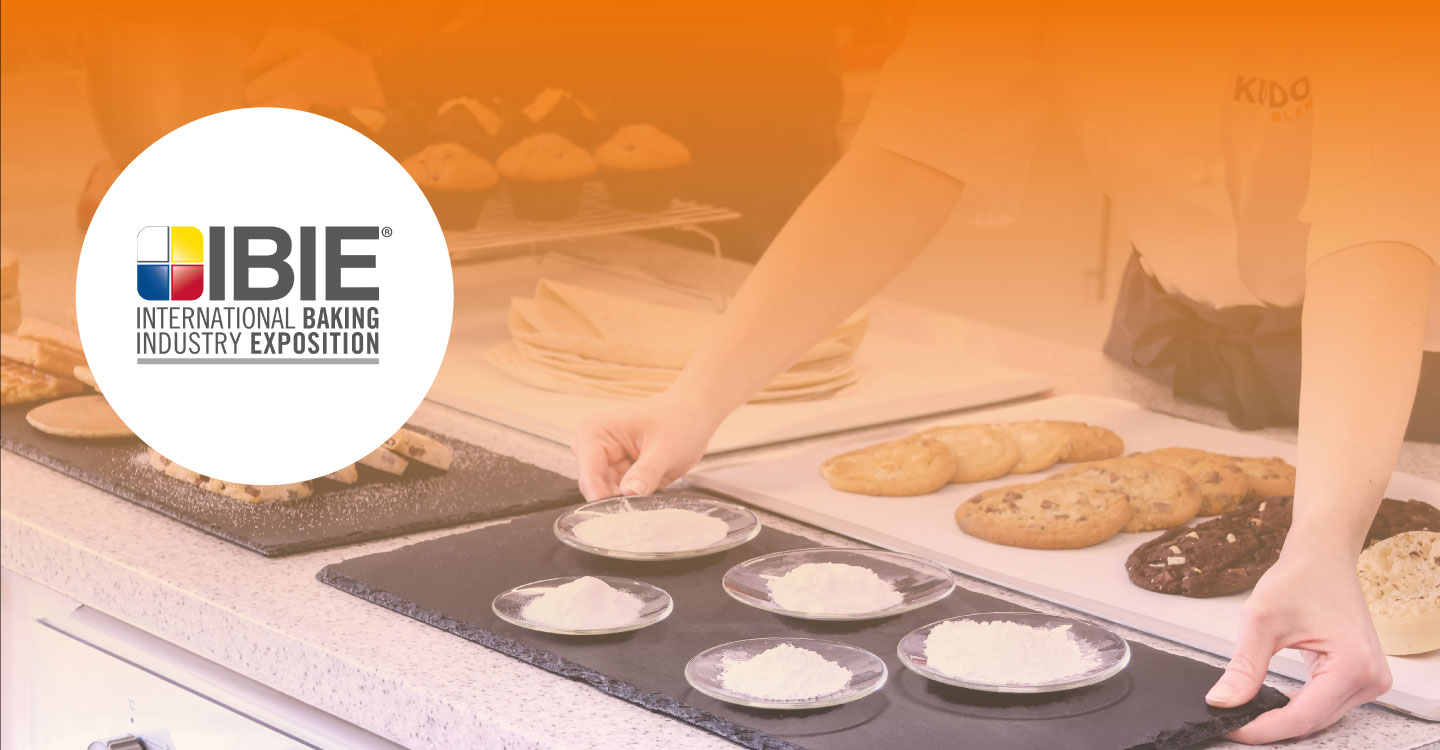Sodium aluminium phosphate (SALP) has been a key ingredient in the baking industry for many years, helping to provide consistent leavening in a wide variety of products. While SALP was once celebrated for its unique characteristics, health concerns have restricted its use in certain regions.
SALP restrictions have led to the development of alternative leavening agents, offering the same great functionality but in a healthier, more consumer-conscious way. These alternatives allow bakers to maintain the quality, texture, and performance of their products while addressing consumer demand for cleaner, safer ingredients.
Let’s explore SALP’s history, its benefits, and how the baking industry is embracing healthier options moving forward.
A Brief History: The Invention of SALP
Sodium aluminium phosphate was first patented in 1945 by Guy A. McDonald, an inventor affiliated with Victor Chemicals Works in Chicago. While aluminium-based acidulants were already in use, such as in the famous Calumet Baking Powder from the 1880s, they often produced a noticeable bitter flavour in baked goods. McDonald’s breakthrough was to develop a form of aluminium acidulant that was free from this undesirable aftertaste, allowing for more neutral-tasting products.
The Benefits of SALP in Baking
SALP’s versatile and economical nature made it an attractive ingredient for the baking industry. It found its way into a wide range of products, including biscuits, cakes, doughs, muffins, batters, dry mixes, and even self-raising pizza dough. But what exactly makes SALP so effective?
- Versatility and Efficiency: Not only is SALP suitable for a wide range of product, it also has a high neutralising value, meaning that less of it is required to react with the bicarbonate compared to other acidulants. This makes it not only economical but also efficient in its leavening power.
- Stable and Heat Reactive: SALP’s stability makes it ideal for frozen doughs and batters, where its ability to react during baking (rather than during mixing or storage) ensures optimal volume and texture in the final product. The heat-reactive nature of SALP means more carbon dioxide is released in the oven, giving baked goods better rise and a lighter, airier texture.
- Texture and Crumb Structure: The aluminium component of SALP is key to producing a softer, more delicate crumb. It also creates thin-walled cells in cakes, yielding a fine, soft texture that is also resilient.
- Product Variants: SALP is available in two primary forms: SALP 138 and SALP 328. The difference between these forms lies in the sodium, aluminium, and phosphate ratio. SALP 328 is slower-reacting compared to SALP 138.
Potential Issues with Manufacturing SALP
While SALP offers many benefits, it is crucial that it is produced correctly. If the manufacturing process is flawed, it can result in issues that affect the final product.
- Coarse Particle Size: If SALP particles are too large (greater than 140 mesh or 105 microns), they can cause problems such as holes and tunnelling in the final baked good. This disrupts the uniformity of the crumb structure, which is essential for achieving the desired texture.
- Free Acid: A critical step in SALP production is the neutralisation of the precursor acid. If this neutralisation process is insufficient, free acid can remain in the final product. Free acid reacts too quickly with bicarbonate, leading to premature gas release and instability in doughs and batters. This can cause a loss of volume and irregular texture in the final product.
The European Ban: Health Concerns Lead to Restrictions
The use of SALP faced significant regulatory challenges in Europe. In May 2012, the European Commission amended Annex II to Regulation (EC) No 1333/2008 to restrict the use of SALP and other aluminium-containing additives. This followed a recommendation by the European Food Safety Authority (EFSA) in 2008, which advised limiting the tolerable weekly intake (TWI) of aluminium due to concerns about its potential adverse effects on human health.
Studies linking aluminium exposure to neurological and reproductive issues in animals, as well as associations with conditions like Alzheimer’s disease and certain cancers in humans, prompted the move. While there is still debate about the exact risk posed by aluminium in food, the fact remains that high levels of aluminium intake are considered harmful, and aluminium at any level provides no nutritional benefits.
By February 2014, European bakeries were required to find alternatives to SALP in fine bakery products. However, one notable exception was made for Battenburg cakes, where manufacturers struggled to replicate the traditional pink colour of the sponge without using SALP. As a result, the European legislation allowed SALP to remain in use for this specific product.
A Global Shift Away from SALP
Though the regulations only apply in Europe, health concerns about aluminium have led to a global shift away from SALP. Across North America, Southeast Asia, South Asia, and Australasia, many responsible manufacturers have proactively sought alternatives to reduce or eliminate aluminium in their products, even in the absence of legislative mandates.
Alternatives from Kudos Blends
As the global demand for aluminium-free options grows, Kudos Blends has stepped up to offer alternatives that replicate the key benefits of SALP without the use of aluminium. By working closely with our customers, Kudos Blends has developed OPUS™ SALP Replacers and NEOS™ SALP Replacers, innovative leavening solutions that deliver:
- Stability: These alternatives provide excellent stability in doughs and batters, ensuring consistent quality.
- Texture: Like SALP, they produce a fine yet resilient crumb structure with a tender mouthfeel, making them ideal for soft baked goods.
- Clean Aftertaste: Unlike some other leavening agents, these alternatives leave no grittiness or off-flavours behind, ensuring a pleasant eating experience.
Conclusion: The Future of Leavening Agents
The story of SALP is a reminder of the delicate balance between innovation, consumer health, and industry practices. As the global bakery market shifts toward cleaner, more transparent ingredients, alternatives to SALP are gaining traction. Manufacturers are increasingly prioritizing consumer concerns, moving away from potentially harmful ingredients like aluminium in favour of safe, effective substitutes that promise the same high-quality results without compromising on taste or texture. As the market continues to evolve, the future of baking looks brighter and healthier, one leavening agent at a time.









